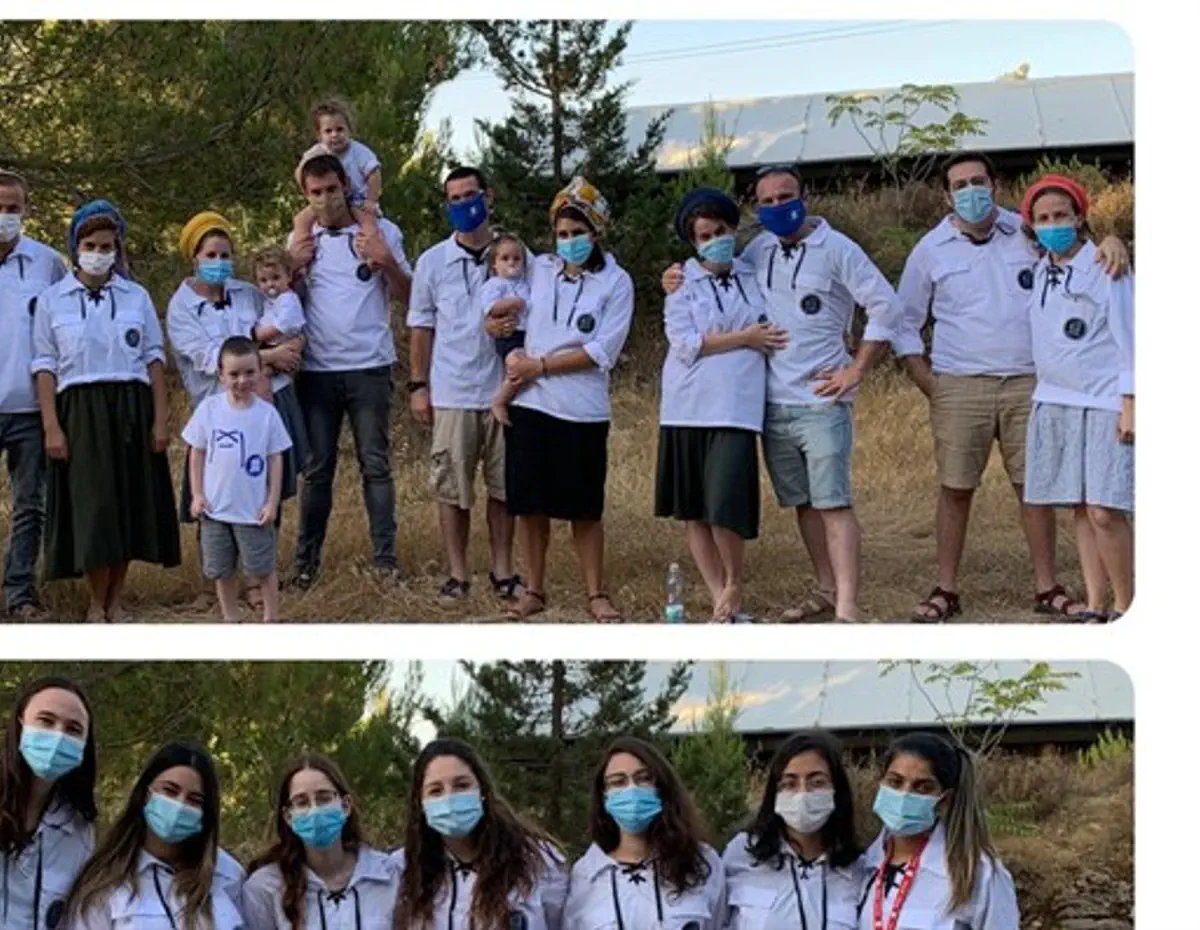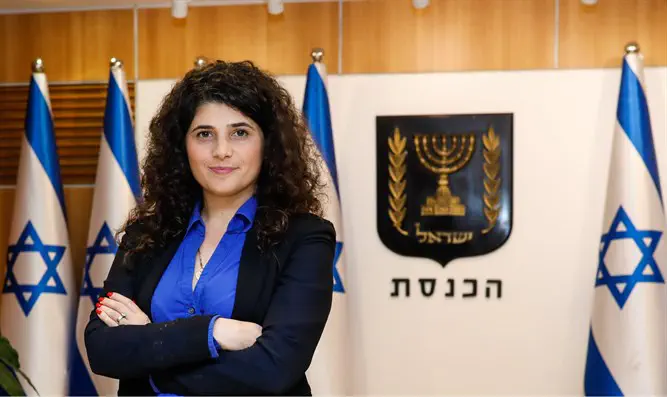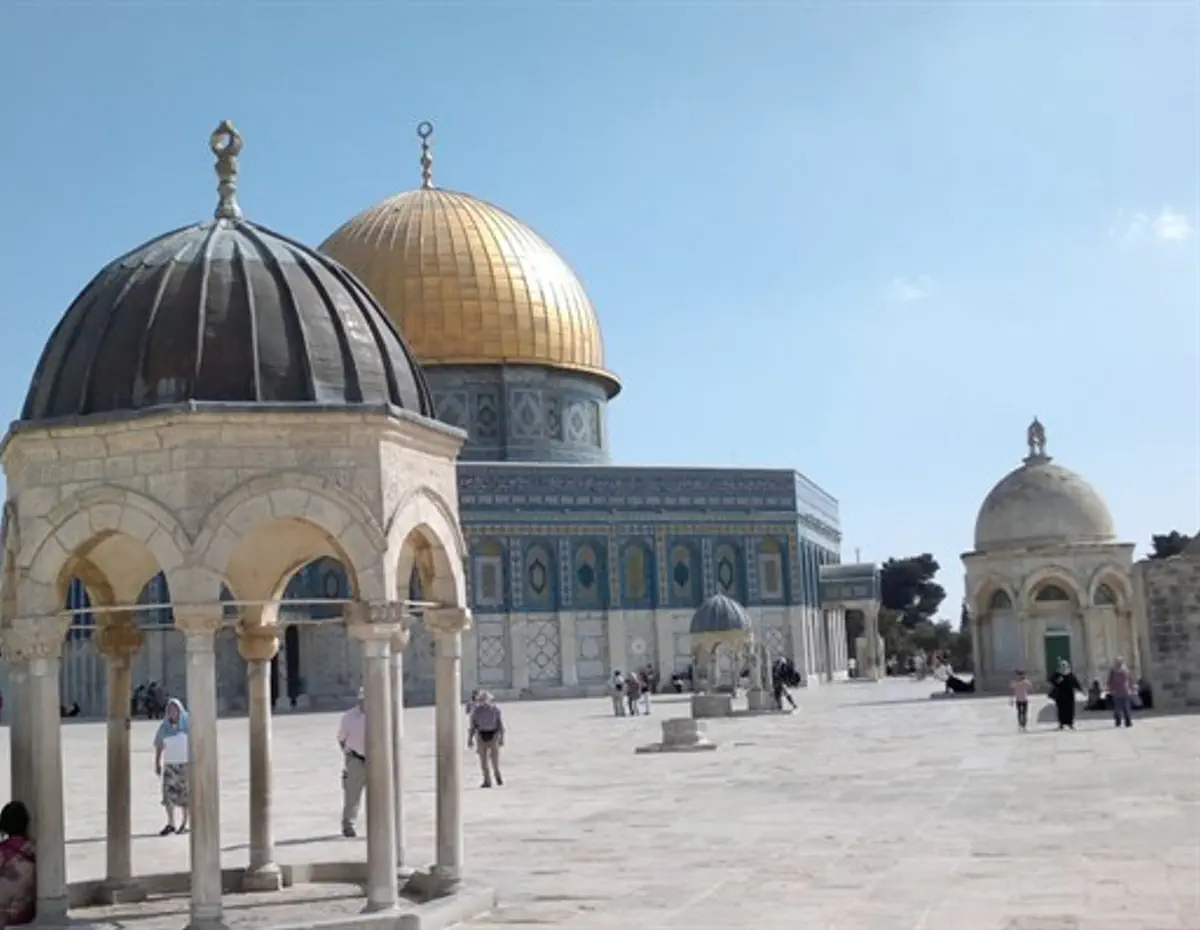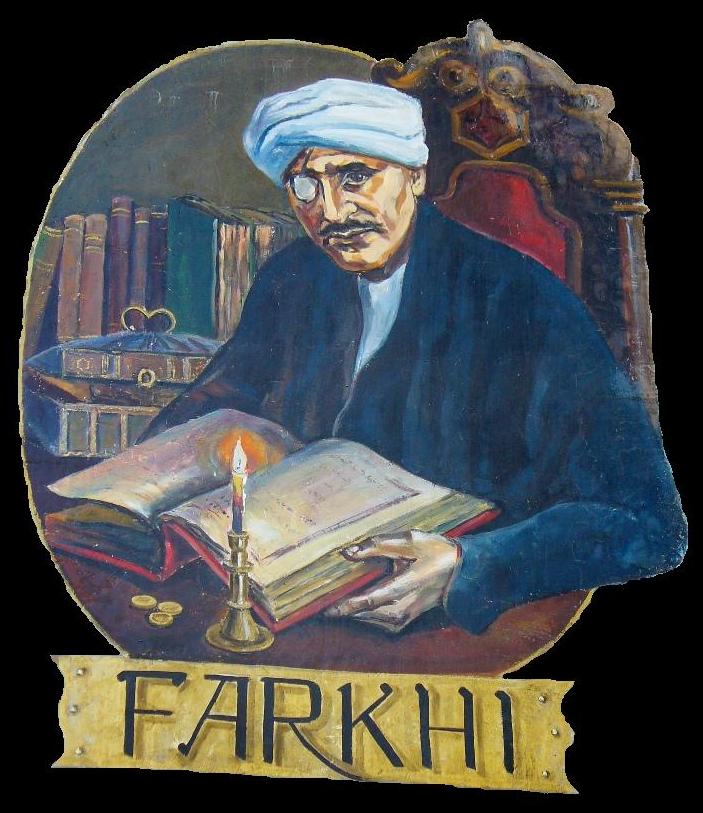rylah
Gold Member
- Jun 10, 2015
- 23,413
- 4,955
- 290
40 Bnei Akiva emissaries sent around the world
World Bnei Akiva movement completes training of 40 'Shlichim' to support Jewish communities around the world.
About forty Shlichim (emissaries) from the World Bnei Akiva movement finished their training Wednesday night with a ceremony that lasted several sessions and culminated this week in a three-day workshop in Migdal Oz in Gush Etzion.
Afterwards Roi Abecassis, the movement's Secretary General, wished success to the Shlichim and told them: "You are a pioneering force of the State for the [Jewish] communities. With your presence you send the message that we are united with them. Together with you, we will strengthen Jewish identity and connection with Israel and encourage Aliyah." The Shlichim and staff read together the 'Tfila (prayer) for the Shaliach' that mentions: "Make us a partner in fulfilling the vision of the prophets in restoring your people of Israel to Zion and Jerusalem."
The Bnei Akiva movement noted with satisfaction the fact that despite the coronavirus it is already possible to send Shlichim for the benefit of the Jewish communities around the world. The Minister of Aliyah and Absorption, Pnina Tamano-Shata, sent a recorded greeting to the Shlichim and said: "I have no doubt that during your mission you will bring hearts together and bring about Aliyah as well."


 www.israelnationalnews.com
www.israelnationalnews.com
World Bnei Akiva movement completes training of 40 'Shlichim' to support Jewish communities around the world.
About forty Shlichim (emissaries) from the World Bnei Akiva movement finished their training Wednesday night with a ceremony that lasted several sessions and culminated this week in a three-day workshop in Migdal Oz in Gush Etzion.
Afterwards Roi Abecassis, the movement's Secretary General, wished success to the Shlichim and told them: "You are a pioneering force of the State for the [Jewish] communities. With your presence you send the message that we are united with them. Together with you, we will strengthen Jewish identity and connection with Israel and encourage Aliyah." The Shlichim and staff read together the 'Tfila (prayer) for the Shaliach' that mentions: "Make us a partner in fulfilling the vision of the prophets in restoring your people of Israel to Zion and Jerusalem."
The Bnei Akiva movement noted with satisfaction the fact that despite the coronavirus it is already possible to send Shlichim for the benefit of the Jewish communities around the world. The Minister of Aliyah and Absorption, Pnina Tamano-Shata, sent a recorded greeting to the Shlichim and said: "I have no doubt that during your mission you will bring hearts together and bring about Aliyah as well."


40 Bnei Akiva emissaries sent around the world
World Bnei Akiva movement completes training of 40 'Shlichim' to support Jewish communities around the world.














